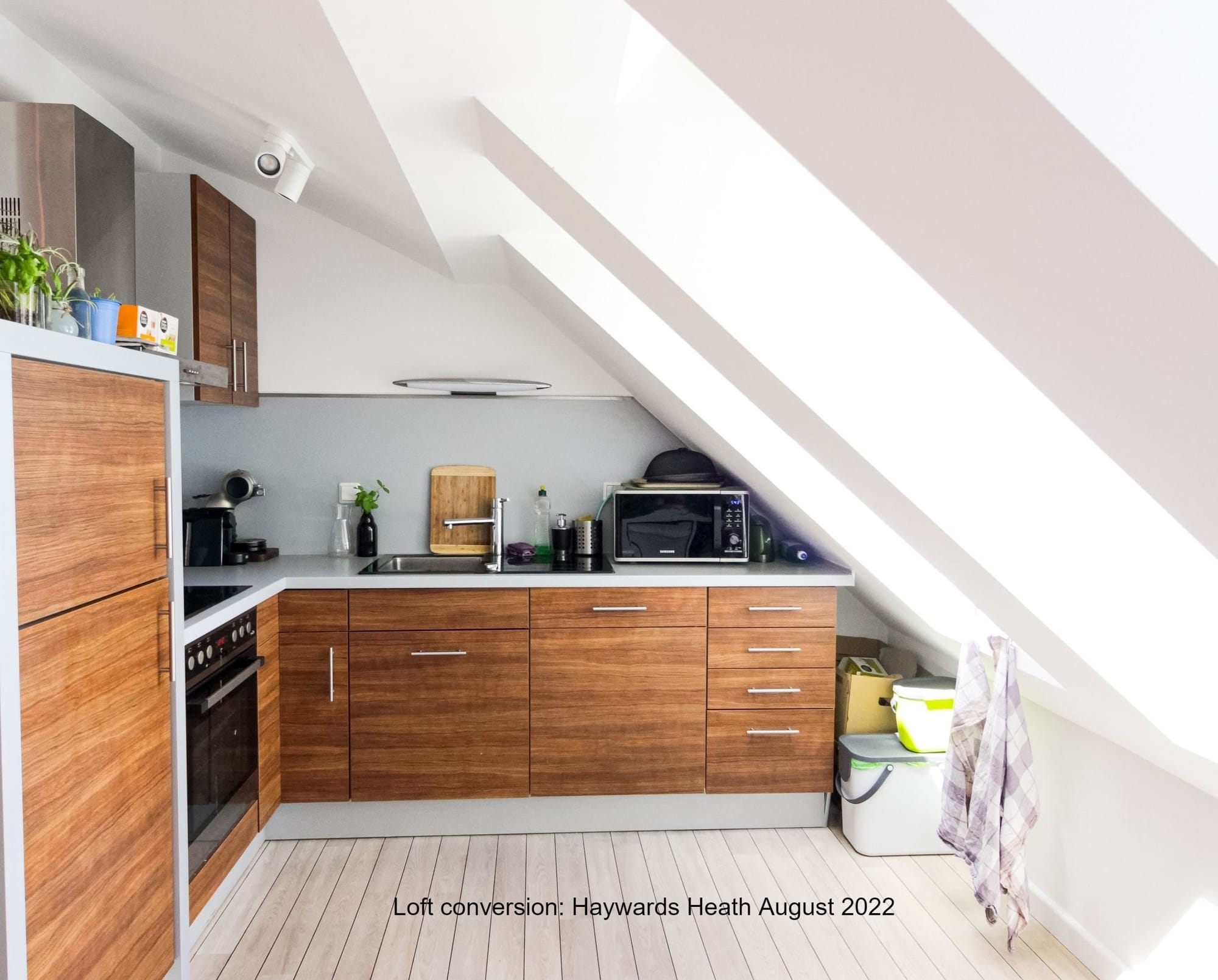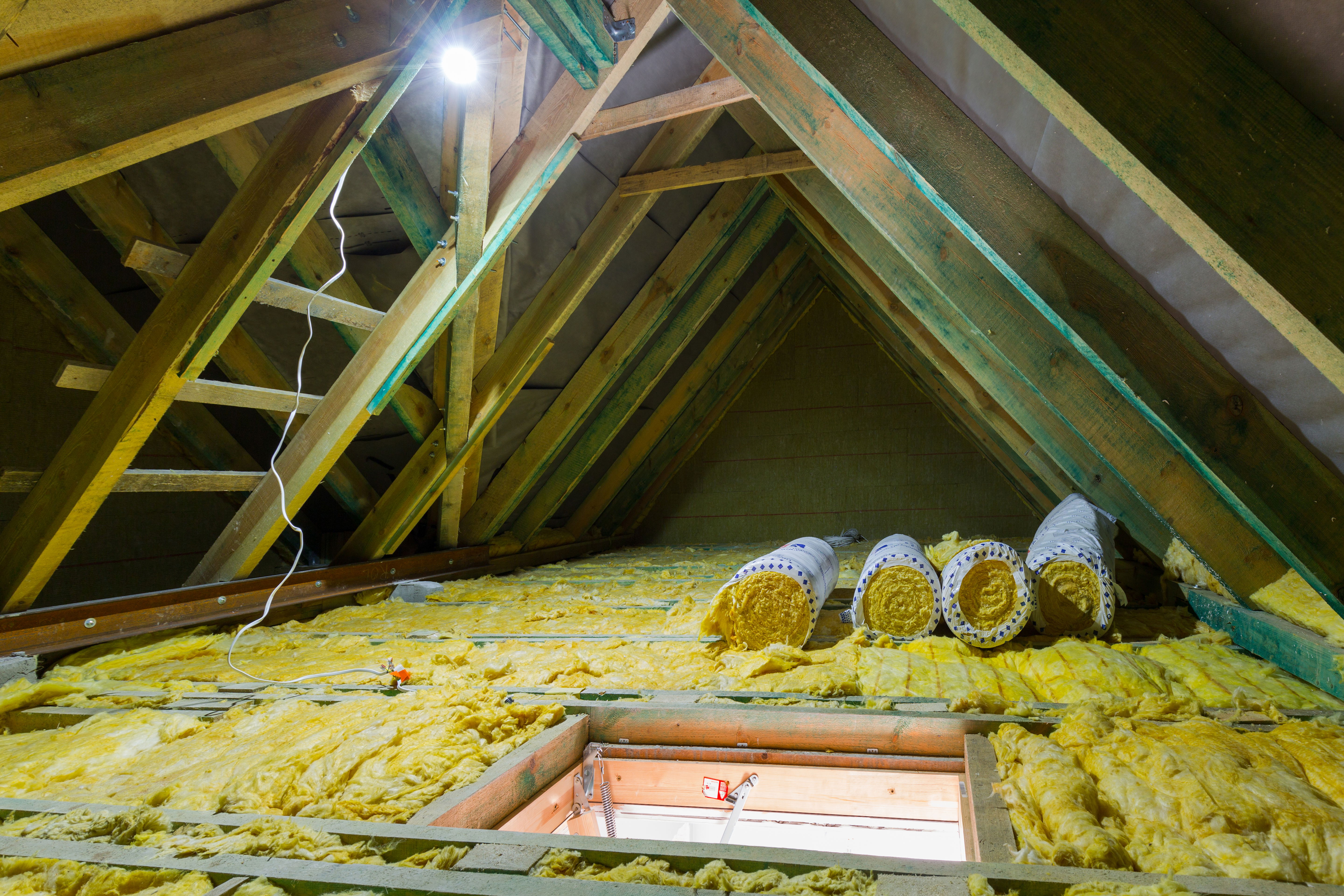Loft Conversions: The Basics.

We often find ourselves explaining the basic necessities for a loft conversion and why they come about, so here’s a quick blog about it, focusing on the structural support aspects.
Firstly, bear in mind that ceiling joists support ceilings. They’re not floor joists. So they usually need to be replaced.
A floor joist needs to support human traffic. It has to be stronger than a floor joist and is, therefore, a thicker, larger joist. These thicker joists also need more elaborate support than the existing ceiling joists because they are going to take a bigger load.
So they have to be supported by steel beams. The general design, though there are always variations, is that the steel beams are inserted across and into the existing walls so that the new floor joists are supported by them.
Now here’s the crux of the matter and one which many clients don’t foresee. By the time the new floor, with its thicker timber joists has been laid, the anticipated ceiling height of the new loft space has diminished by several inches. This is why the floor joists don’t rest on the beam, which would be a much easier fix, but are inserted into the beam. Otherwise an even greater amount of height would be lost.

Once the new thicker joists are in place they’re covered with next layer of flooring which is usually 18milimetre thick chipboard. On top of this is the final floor finish, which of course, reduces the height even further.
Standard requirements for the ceiling of the loft are solid foam based insulation to reduce heat loss and fire retardant plasterboard which has a minimum thickness of 12.5 millimetres. The insulation is often laid between the roof joists in order to minimise further, the loss of ceiling height. Though if this isn’t a factor - and for most lofts it is - the plasterboard and insulation can come as a single component 37.5 millimetres thick.
Building control are concerned throughout the project that each stage conforms to current regulations, the most significant of which are fire and means of escape, other than a window!
This is another aspect that has to be considered and we’ll be featuring it soon.
Article by Elsa Twarzik, September 2023